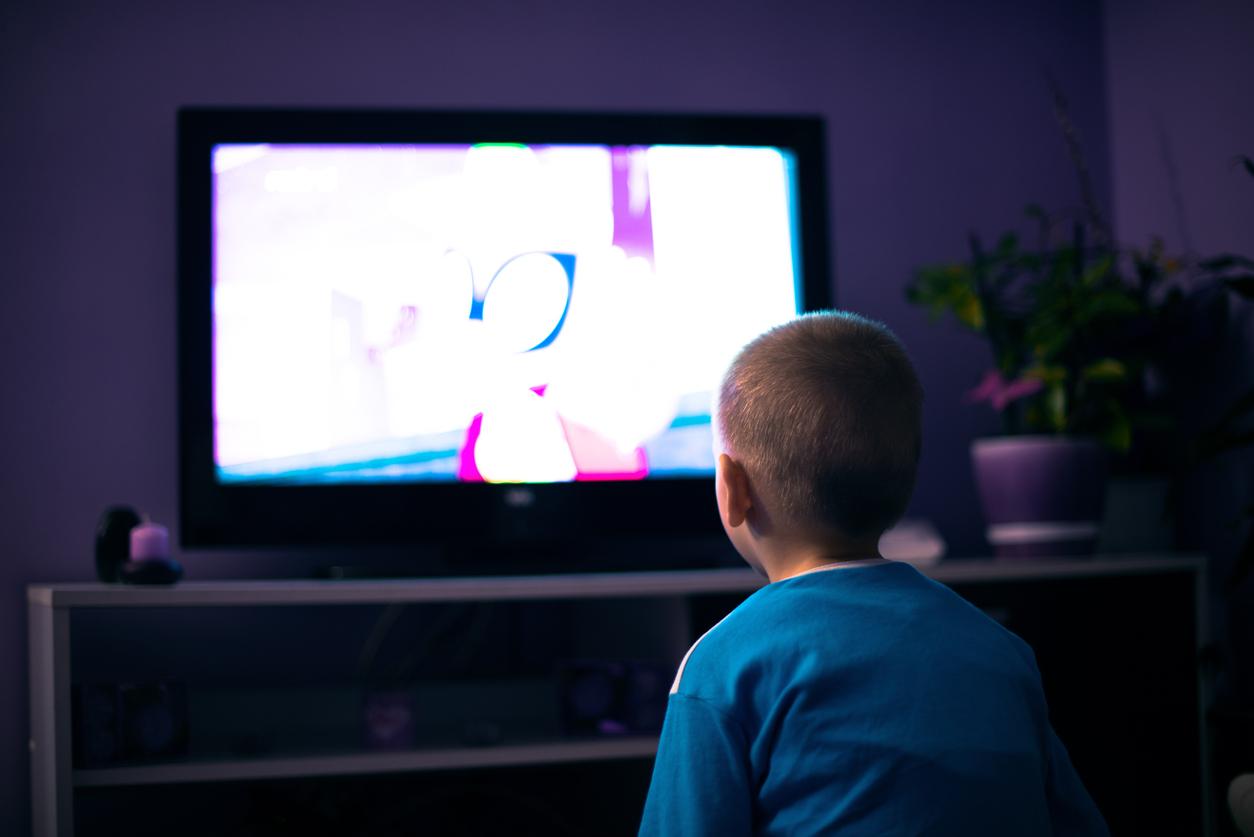The pain children experience during medical care can leave lasting psychological scars. Fortunately, there are many techniques to alleviate it.

- Pain in children is a reality that should not be neglected.
- There are many methods available to relieve children’s pain, whether medicinal or not.
- Appropriate care, combining drug treatments and non-drug techniques, is essential to ensure the child’s well-being.
Pain in children is often underestimated or poorly managed. However, it can have significant consequences on a child’s development, in the short and long term. Children have the right to pain-free care, and health professionals have a vital role to play in this area.
Factors influencing the perception of pain in children
The perception of pain in children is influenced by many factors:
• The age of the child : Toddlers express their pain differently than older children.
• The nature of care : An injection, a blood test or a surgical operation do not cause the same intensity of pain.
• The context : The environment, the presence of parents and the attitude of the healthcare staff can modulate the perception of pain.
Methods to relieve pain in children
There are many methods that can be used to relieve a child’s pain:
• Medicines : Painkillers (paracetamol, ibuprofen) are often used to relieve mild to moderate pain. For more severe pain, other medications may be prescribed.
• Non-drug techniques :
- Distraction: Games, stories, cartoons can help the child focus on something other than the pain.
- Relaxation: Deep breathing, visualization or massage can help relax the child.
- Hypnosis: Hypnosis can be used to alter the perception of pain.
- Breastfeeding: For infants, breastfeeding can have a pain-relieving effect.
• Psychological preparation : Explaining to the child what is going to happen, in a simple and age-appropriate way, can reduce their anxiety and therefore their perception of pain.
Relieving children’s pain during medical care is a major public health issue. By combining drug treatments with non-drug techniques, and by taking into account the specific needs of each child, it is possible to significantly reduce the suffering of the youngest. Appropriate pain management not only improves the child’s comfort, but also promotes the establishment of a relationship of trust with health professionals.
The Child Pain Scale
There are different scales to assess pain in children, such as the Visual Numerical Rating Scale (VNR) or the Wong-Baker Faces Scale. These tools allow you to communicate with the child and adapt the treatment according to the intensity of their pain.
















